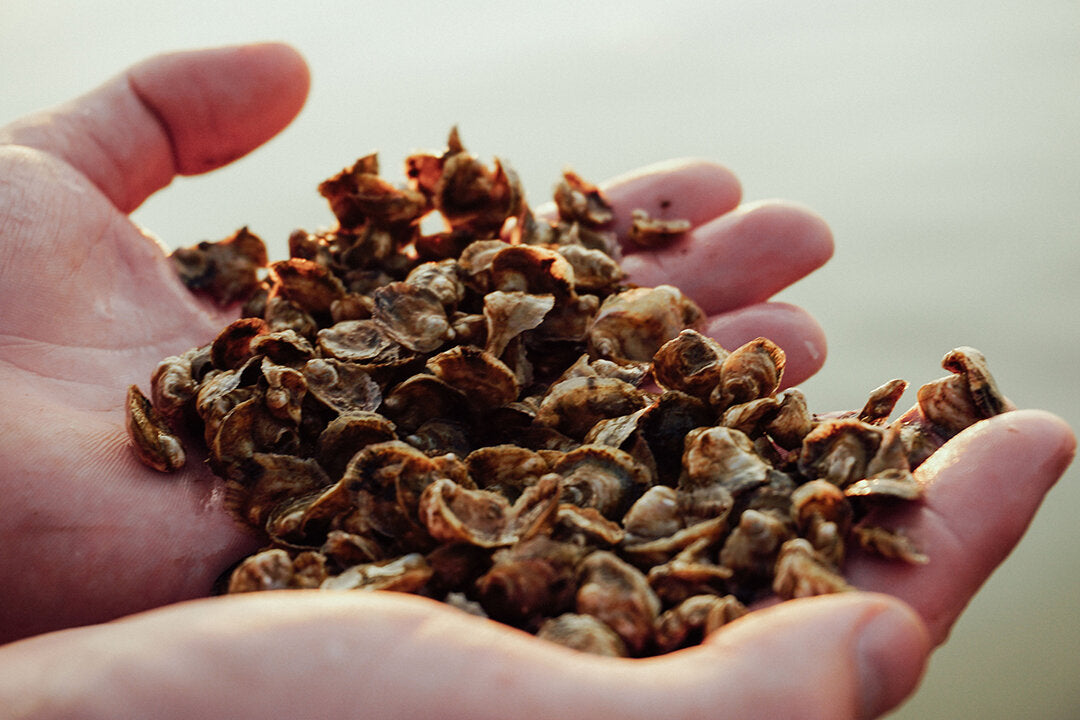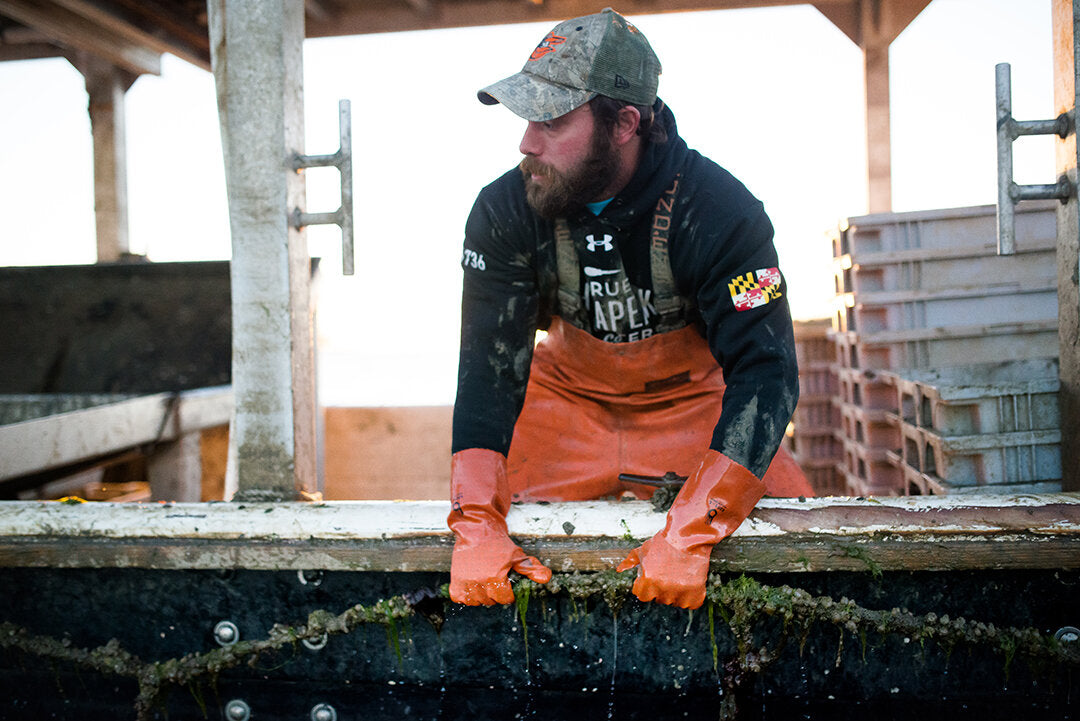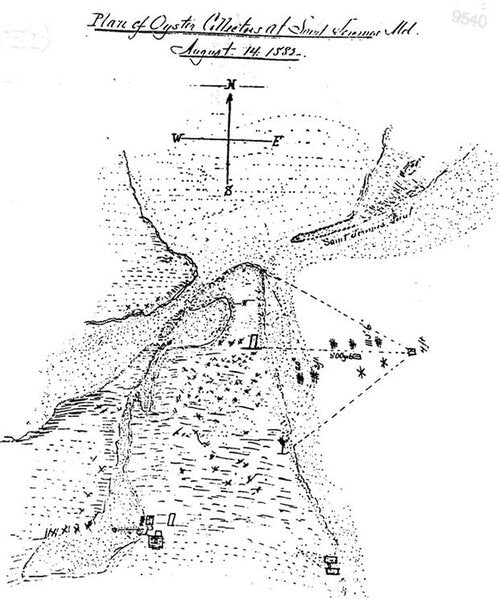We could go on and on about the beautifully brackish waters of St. Jerome that give our oysters their unique flavor. Or how there were no oysters when we got here seven years ago. Zero. Now, at any given time, we have more than 5,000,000 in the water - all responsibly and sustainably harvested. They provide critical habitat for the surrounding ecosystem.
Or we can put it like this: our water is damn-near perfect. Our process is meticulous. Our people take their craft seriously, but very little else. Those three things together? When it comes to oysters, that’s as good as it gets.
Want to know more about the science behind what we do? Or maybe you’d rather just pop a few Skinny Dippers or Huckleberries and experience it firsthand? Either way, come visit us. We’ll show you how amazing our farm is, and we’ll eat the best oysters on the Chesapeake. Win-win.







